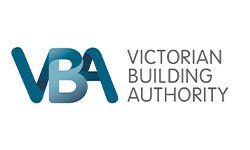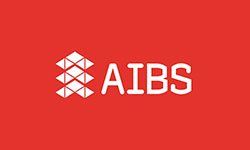Helping You Meet Recommended
Bushfire Preparedness Standards
Bushfire Attack Level
In 2009, the horrific Black Saturday bushfires devastated the lives of many Victorians that evolved into major changes in the building legislation. As a result, all building works in Victoria require a Bushfire Attack level (BAL) assessment to be conducted during the design stage of the project.
If you're building or renovating a home in a Designated Bushfire Prone Area, you will need to follow Australian Standard 3959-2009. This standard specifies the construction requirements on residential buildings to meet minimum Bush fire protection. The minimum construction level required for homes in a Designated Bush Fire Prone Area is BAL-12.5. Construction measures range between BAL12.5 ember protection through to BAL-FZ direct flame protection.
Zonne can perform a BAL Assessment of your property as part of a building permit application to establish the level of bushfire protection required to be implemented in the construction of your project under AS 3959-2009. More information can be obtained from the
Bushfire resources | Victorian Building Authority (vba.vic.gov.au).
Bushfire Attack Level Standards
The majority of residences in bushfire prone areas pre-date the Australian Standard 3959-2009 regulations that require consideration of bushfire protection measures, meaning existing houses are unlikely to achieve the increased levels of bushfire protection delivered by the new Standard.
As such, the Victorian Building Authority (VBA) and Fire Rescue Victoria (FRV) have joined together to provide practical advice through the development of "A guide to retrofit your home for better protection from a bushfire", for use by those members of the community who wish to upgrade their existing homes to be better protected from bushfires.
The guide is divided into two parts; retrofit for generic ember protection and retrofit protection for various Bushfire Attack Levels (BAL), based on the Standard. A copy is available Bushfire resources | Victorian Building Authority (vba.vic.gov.au).
The new residential building standard aims to:
- improve the ability of a building to withstand a bushfire
- provide greater protection for the occupants who may be sheltering in it while the fire-front passes
- to increase the chances of the building surviving the bushfire
A significant change in the BCA 2022 introduces ‘Bushfire protection for certain Class 9 buildings’ including class 9a healthcare buildings, class 9b ELC, primary and secondary schools and class 9c residential care buildings. The BCA 2022 introduces Specification 43 as a deemed to satisfy the requirement for buildings that have a Bushfire Attack Level of no more than BAL-12.5. Buildings that have a BAL-19 or higher will require a Performance Solution from a Professional Fire Engineer. The BCA 2022 Specification 43 can be found here. Specification 43 Bushfire protection for certain Class 9 buildings | NCC (abcb.gov.au)
Fire Safety Reports
Are you confident that your building is up to code when it comes to fire safety? Zonne Building Consulting can help. We offer comprehensive fire safety audits, during which we will inspect all aspects of your building and provide detailed recommendations for any improvements that may be necessary.
These audits include identifying any potential fire hazards as well as ensuring
compliance with relevant codes and regulations. Our team has extensive experience in fire safety, giving us the expertise to effectively evaluate and advise on this important issue. Don't wait until it's too late - contact Zonne Building Consulting for a fire safety audit today. Your peace of mind is worth it.
Essential Safety Measures (ESM) Audits
The safety of building occupants is paramount, and as such, a number of Essential Safety Measures are in place to ensure their safety in the event of an emergency. These safety measures include fire safety systems and life safety systems, which are required to be in working order at all times.
The building owner/occupier is responsible for ensuring that all safety features and equipment are properly maintained once the audit is complete, including those items listed as essential safety measures on the certificate of occupancy/final inspection certificate. Failure to do so may result in penalties or fines.
Essential Safety Measures include (but are not limited to);
- Fire extinguishers
- Fire hose reels
- Fire hydrants
- Sprinkler systems
- Smoke alarms
- Mechanical ventilation
- Emergency lighting
- Exit signs
- Exit doors and paths of travel to exits
An audit of site and internal building conditions is conducted to then provide a comprehensive report listing code deficiencies and omissions and rectification suggestions.


